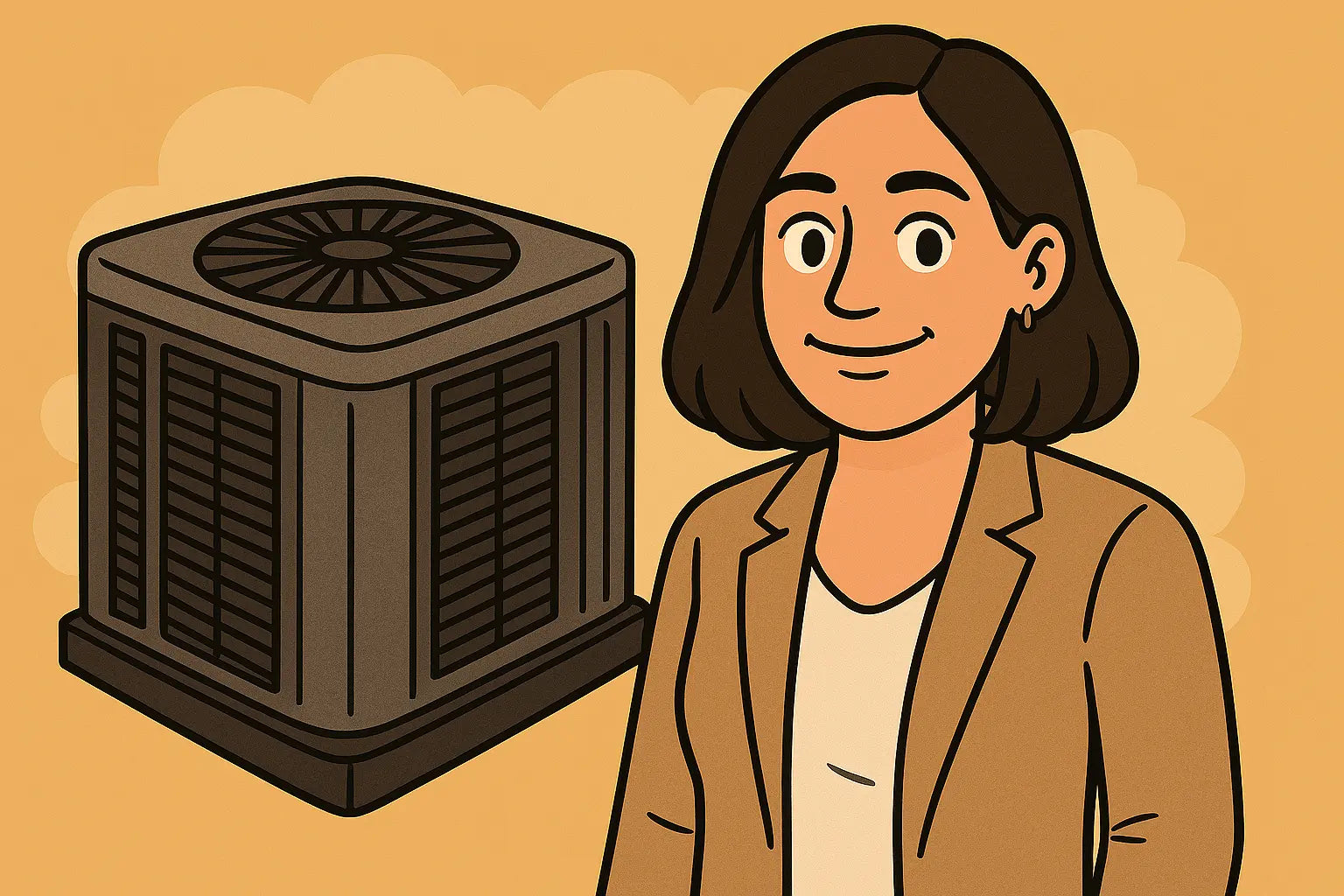Hi, I’m Savvy Mavi—and I’ve Seen Some Things 🛠️❄️
Okay, let’s get one thing straight: I don’t panic when my AC hiccups—I diagnose. I don’t sweat when a new system needs installing—I plan. Because when you’ve been through a few HVAC summers like I have, you realize something: your central air conditioning system isn’t just an appliance—it’s your home’s comfort lifeline.
So if you’re eyeing a new system from The Furnace Outlet’s central AC collection, or trying to figure out why your old unit sounds like it’s choking on a squirrel (been there), you’re in the right place.
Let’s break it all down, shall we?
Step 1: Know What You're Getting Into 💡
Installing a central AC system is a commitment—financially, physically, emotionally. And I’m not exaggerating. The U.S. Department of Energy says a well-installed HVAC system can save you 20%–30% on energy costs. But if it’s botched? You’ll pay more—in dollars and drama.
Before you make a move:
-
Make sure your home’s ductwork is properly sealed and insulated. Poor ducts = poor airflow.
-
Choose a system that matches your square footage and climate. (If you’re not sure, check out this excellent HVAC sizing guide from Energy Star)
-
Understand SEER2 ratings. Higher SEER = better efficiency. But higher isn't always necessary—it depends on your usage and local climate.
Pro Tip: Don’t just chase the biggest or the most expensive system. Efficiency is about balance, not bravado.
Step 2: The Installation Timeline ⏱️
If you’re hiring a licensed HVAC pro (which I recommend unless you’re very confident with refrigerants and electrical wiring), here’s what the process generally looks like:
-
Load calculation using Manual J (a standardized method to assess your home’s cooling needs).
-
Ductwork inspection or retrofit.
-
System delivery and staging.
-
Install condenser and evaporator coil.
-
Wiring and thermostat hook-up.
-
Refrigerant charging and testing.
Most jobs take 1 to 3 days, depending on complexity.
If you’re DIYing parts of it, PLEASE read this AC installation safety guide by This Old House first. ⚠️ Messing with refrigerant lines or electrical systems can void warranties and get you hurt.
Step 3: Common AC Installation Mistakes—and How to Avoid Them ❌
Let’s not sugarcoat it: A bad install is worse than no install. Some of the mistakes I’ve seen? Chef’s kiss disasters. Here are the biggies:
-
Incorrect refrigerant charge. This one can destroy compressors. Use proper gauges and follow the manufacturer’s spec sheet to the decimal.
-
Bad airflow design. Undersized return vents or poorly balanced ductwork = uneven cooling. Check out this insightful piece from HVAC School on diagnosing airflow issues.
-
Thermostat placement fail. Don’t install it where the sun hits directly or near registers—it’ll skew the temp reading.
-
Skipping the commissioning step. Commissioning is like the quality control test. It confirms that the system operates within its design specs. No excuses. Do it.
And if you’re going for a heat pump-central AC combo? Even more reason to triple-check airflow balance and sizing.
Step 4: Troubleshooting Your Central AC Like a Boss 🧐
Okay, so your system’s up—but something’s off. Maybe it’s blowing warm air, cycling weirdly, or making sounds like it’s haunted. Here’s your cheat sheet.
The Unit Won’t Turn On
-
Check the breaker box first (seriously—90% of “broken AC” calls start here).
-
Confirm the thermostat has fresh batteries or isn’t in ‘Heat’ mode.
-
Inspect the float switch in the condensate line—if your drain pan is full, it’ll shut the system off.
Warm Air Blowing
-
Dirty filter? Replace it.
-
Is the outside condenser running? If not, check the contactor or capacitor (use this troubleshooting guide from Bob Vila).
Weak Airflow
-
Could be a clogged filter, bad blower motor, or collapsed duct.
-
You can also check out Energy Vanguard’s airflow explanation to compare what “normal” should look like.
Freezing Coils
-
Happens due to low refrigerant or airflow blockage. Turn it off and let it thaw.
-
Clean or replace your filter. Then call in a tech to check pressures.
Step 5: When to DIY, and When to Call the Pros 📞
Some things are totally doable—like replacing a filter, cleaning the condenser coil, or even swapping a thermostat. But anything involving:
-
Electrical rewiring
-
Refrigerant charging
-
Blower motor repair
-
Compressor diagnostics
...should be left to the licensed folks.
Need help finding someone legit? Use the ACCA’s contractor directory to find a credentialed tech in your area. No Craigslist disasters, please.
Bonus Round: Mavi’s Must-Have Tools & Tricks 🛠️💪
Want to feel like a home HVAC hero? Here's my go-to toolkit:
-
Digital multimeter
-
Infrared thermometer
-
Refrigerant leak detector
-
Fin comb (for those squished condenser fins)
-
Mini vacuum pump (yes, for drain lines too)
Also: keep a yearly maintenance log. You wouldn’t believe how often I’ve fixed a system just by seeing that it hadn’t had a coil clean in five years. 😳
Wrap-Up: Stay Cool, Stay Smart 🧊💁
Listen, your central AC doesn’t need to be a mystery wrapped in duct tape. Whether you’re upgrading to a modern system from The Furnace Outlet or nursing an old beast back to life, the name of the game is knowledge + planning.
And with me, Savvy Mavi, on your side? You’ve got both in spades. 🧠💪
So go forth, install like a boss, troubleshoot like a pro, and most importantly—keep your cool.
Is your AC not staying cool? Here’s Why Your Central Air Is Blowing Hot Air (and How to Chill It Out).
Peace, power tools, and perfect indoor temps ✌️
Until next time,
-Savvy Mavi







